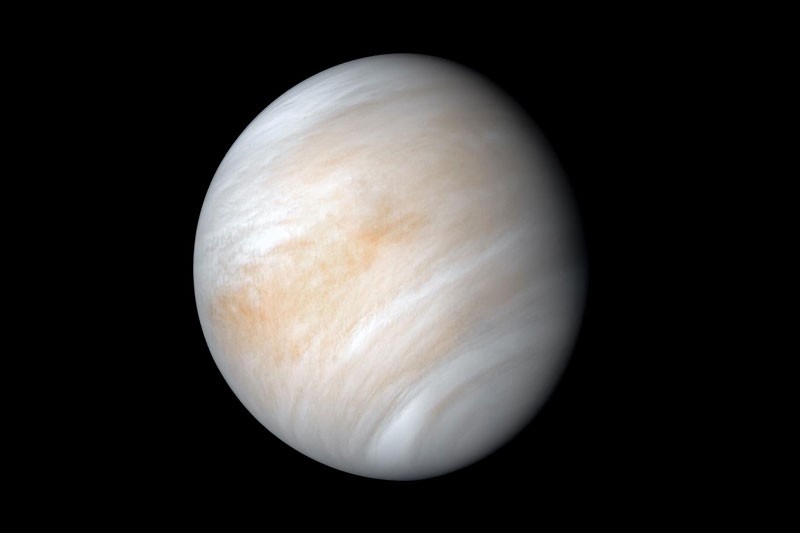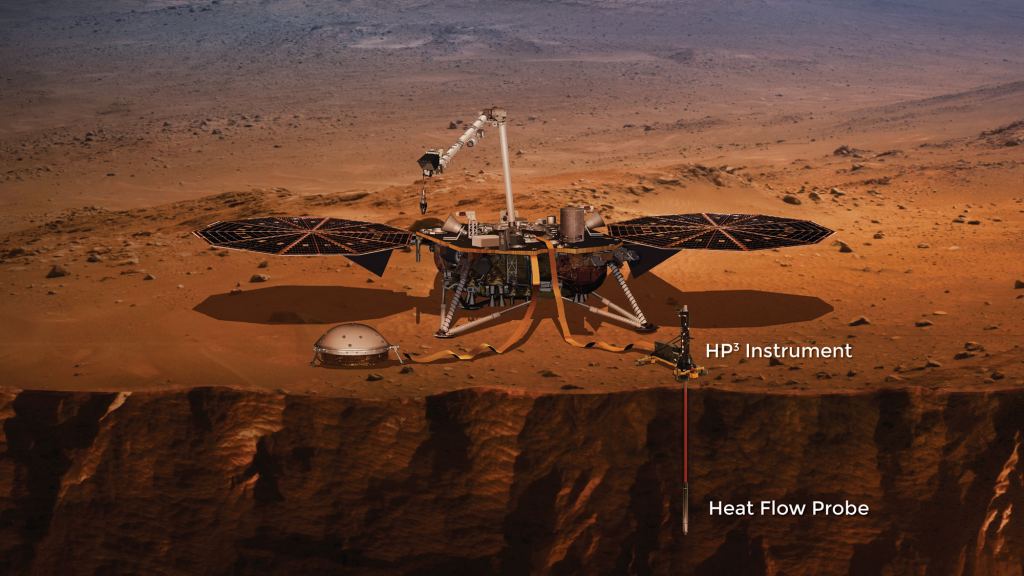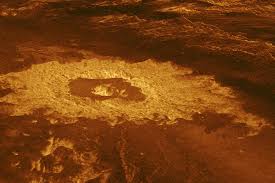
New work reveals the likely original locations of Saturn and Jupiter. These findings refine our understanding of the Solar System's unusual architecture, including the ejection of an additional planet between Saturn and Uranus.

A team of researchers claims they've discovered the amino acid glycine in Venus' atmosphere. There are about 500 known amino acids, but only 20 are present in the genetic code. Glycine is the simplest of them.

An international team of scientists have recently found the abundances of phosphine in the Venusian cloud decks. It might - just might - be a biosignature.

In recent years, the confirmed number of Jovian moons has risen to 79. Now, a new study says that there may be 600 small irregular moons orbiting Jupiter.

After many months of struggle and careful adaptation, the InSight lander’s ‘Mole’ is finally into the ground. The InSight lander was sent to Mars to study the planet’s interior.

Both the Moon and Mars were volcanically active at one time and the result is lava tubes. A new study shows that lunar and Martian lava tubes might be enormous, and easily large enough to accommodate a base.

NASA's Mars 2020 Perseverance rover mission is on its way to the Red Planet to search for signs of ancient life and collect samples to send back to Earth.

A new study identified 37 recently active volcanic structures on Venus. The study provides some of the best evidence yet that Venus is still a geologically active planet.

The accretion of new material during Pluto's formation may have generated enough heat to create a liquid ocean that has persisted beneath an icy crust to the present day.

The ringless Mars we see today is probably an anomaly. We’re in between rings right now, and we’ve assumed that’s normal.

After months of perseverance, the team operating the instrument has succeeded in getting the Mole at least some distance into the ground. The Mole's job is to penetrate into the Martian soil, to a depth of 5m.

4 billion year old Nitrogen containing organic molecules has been discovered in Martian meteorites. This finding suggests a wet and organic-rich early Mars, which could have been habitable and favorable for life to start.

Scientists are still preparing for the crucial fly-by of Earth by the joint European–Japanese BepiColombo mission to Mercury on 10 April, despite COVID-19 quarantine.

Mercury, the closest planet to the Sun, is one of the last places we think about when considering the potential for life in the solar system. New research suggests the planet's interior once contained the basic ingredients for life.

By going over old data collected by the Voyager 2 spacecraft in 1986, two scientists at NASA’s Goddard Space Flight Center have made the startling discovery that Uranus’ atmosphere is gradually escaping into space.